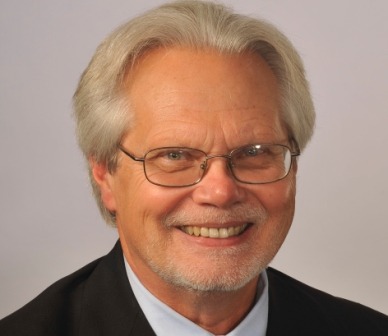Starting a new venture can be fun and exciting. Entrepreneurs love creating new ventures. A new business is like a new, useful tool whose design and purpose can inspire those building it and the customers it’s designed to serve. In almost all cases, for an entrepreneur to begin something new, we must first conclude projects and ventures we’re currently operating. Entrepreneurs are serial and frequently involved in multiple operations, particularly later in life.
Being an entrepreneur means we’ve figured out some aspects of creativity as well as practicality. We are innovative and inventive. Creativity can be joyful fun, but by itself it’s useless. As we master perceiving genuine opportunity, we end up serving in nonprofits and other ventures beyond our main enterprise(s).
To begin something new, something must be concluded to make room for the new focused attention required. Practiced entrepreneurs build succession and exit into their beginning formula, because they know it will be coming and it’s best to construct with the end clearly in view.
Elegant design can be a thing of beauty. We learn to appreciate good design by suffering repeatedly with our clumsy, ill-fitting early work. Craftsmanship is reached only after many poor choices.
Neurobiologists have determined what we call “genius” is actually the result of 10,000 hours of dedicated practice. Practice enables “neuron myelination,” or the building up of insulating brain tissue surrounding nerve cells. Myelination, along with many other complex chemical interdependencies, reduces signal loss and makes the execution of exquisite discrimination possible.
Adolescence is the business stage in which the founder is owner and operator. Maturation is the organizational process of going from single-handedly serving satisfied customers, towards systematizing the training of staff, to delighting customers. The founder transitions from serving hotdogs to a chain of hotdog restaurants. Instead of focusing on ordering, cooking and serving, he or she studies and masters engineering and communications skills to inspire staff to want to master performance.
Understanding where we are in this developmental continuum allows us to ask staff better questions. We empower our assistants with authority as well as responsibility by the requests we ask of them. Thus they become supervisors and managers instead of order takers, or worse, our mindless extended arms and legs.
Talent development for the folks helping us is crucial. Envisioning their success and career succession is vital for them to see and achieve their own potential, as well as your success and succession.
As you succeed in extracting yourself from operations, you allow others to grow, replace you and do it better than you did. That requires you being comfortable with “letting go” and humbly recognizing that others can have different solutions and better ideas. That’s why it’s called maturation. As you mature, you can allow others and the business itself to be more mature.
So founders become managers, then serve on the board as stockholders, and finally sell their stock to new managers and board members. Your mentoring them and their success gives you freedom and time to approach your next puzzle.
This is your opportunity to be open, explore and once again, experience the thrill of creating something new. So where are you in your process?
John E. Anderson has a master’s degree in management and is president of Longview-based Be Cause Business Resources Inc. The company provides management consulting, coaching and facilitation with a focus on strategic exit planning for $1 million firms. He can be reached at 360.200.5740.



